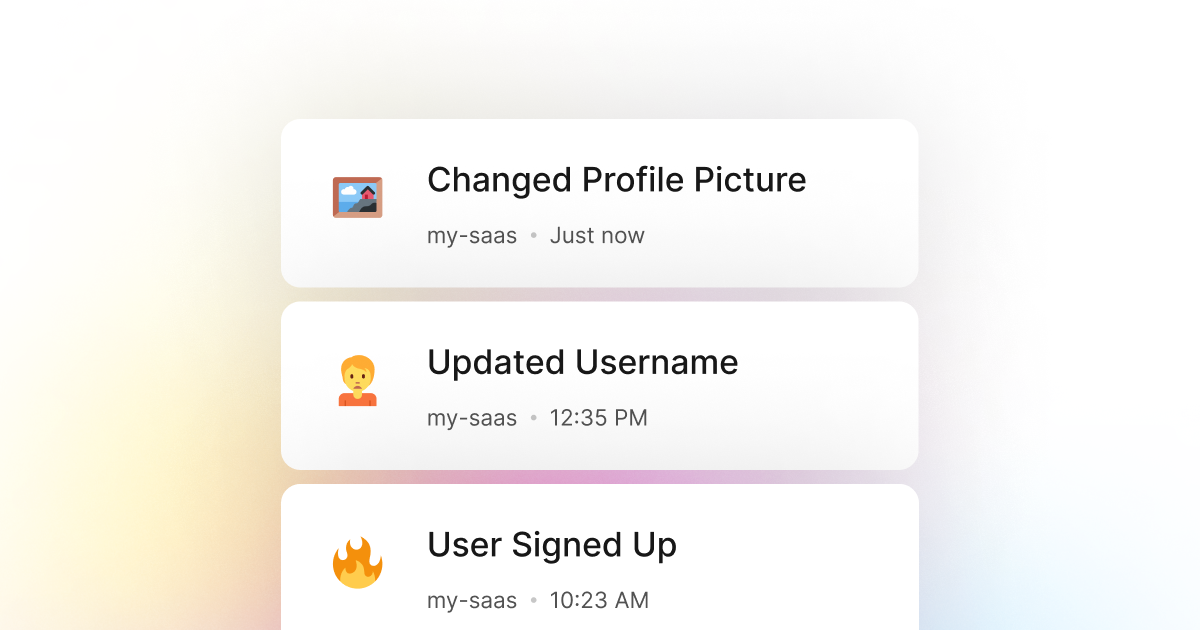Many R applications require users to upload files. This can be a simple text file, a CSV file, or even a PDF file to be processed for further use. Or in some cases, it can be some sort of media files such as an image, audio, or video file to be transformed and uploaded to cloud storage such as S3 or Google Cloud Storage.
In such cases, you might want to track when a user uploads a file in your R application and optionally notify you and your team when a user uploads a file. This way, you can always be aware of the activity in your application and take immediate action if needed.
Fortunately, here at LogSnag, we have created a powerful solution for this problem. LogSnag is a powerful, real-time event tracking tool that works seamlessly with any R application. With LogSnag, you can set up event tracking for anything you want and track when a user uploads a file in your R application in real time. In addition, LogSnag allows you to track user journeys and create a timeline of events for each user. This way, you can always track the activity of a specific user, such as when they have uploaded files and any other activity they have done in your application.
Setting up LogSnag
- Sign up for a free LogSnag account.
- Create your first project from the dashboard.
- Head to settings and copy your API token.
R code snippets
To monitor when a user uploads a file in your R application, you can use the following code snippet. Make sure that you have replaced the API token and project name with your own.
Using R with httr
Using R with RCurl
R integration details
We believe that event tracking should be simple and accessible to every developer and team. Therefore, we have worked hard to create the next generation of event tracking tools. As a result, LogSnag is flexible and easy to use, making it a great companion for your R applications.
In addition to real-time event tracking, LogSnag provides powerful features such as cross-platform push notifications, event filtering, user and product journeys, charts, insights, and more.
LogSnag provides a generous free plan to get you started with event tracking. You can also check out our pricing page to see our paid plans. So don't hesitate to give us a try and let us know what you think!
Other use-cases for LogSnag
- Monitor your CI/CD build status for your R application
- Monitor your CPU usage in your R application
- Monitor when database goes down in your R application
- Monitor high disk usage in your R application
- Monitor when a user changes their email address in your R application
- Monitor failed logins in your R application
- Monitor failed payments for your R application
- Monitor memory usage in your R application
- Monitor MySQL downtime in your R application
- Monitor when a new feature is used in your R application
- Monitor your Postgres downtime in your R application
- Monitor Redis downtime in your R application
- Monitor suspicious activity in your R application
- Monitor when a user exceeds the usage limit for your R service
- Monitor when a user is being rate limited in your R application
- Get a notification when your R code is done executing
- Send push notifications to your phone or desktop using R
- Track canceled subscriptions in your R application
- Track your R cron jobs
- Track when a form is submitted to your R application
- Track payment events via R
- Track user sign in events in R
- Track user signup events via R
- Track waitlist signup events via R

